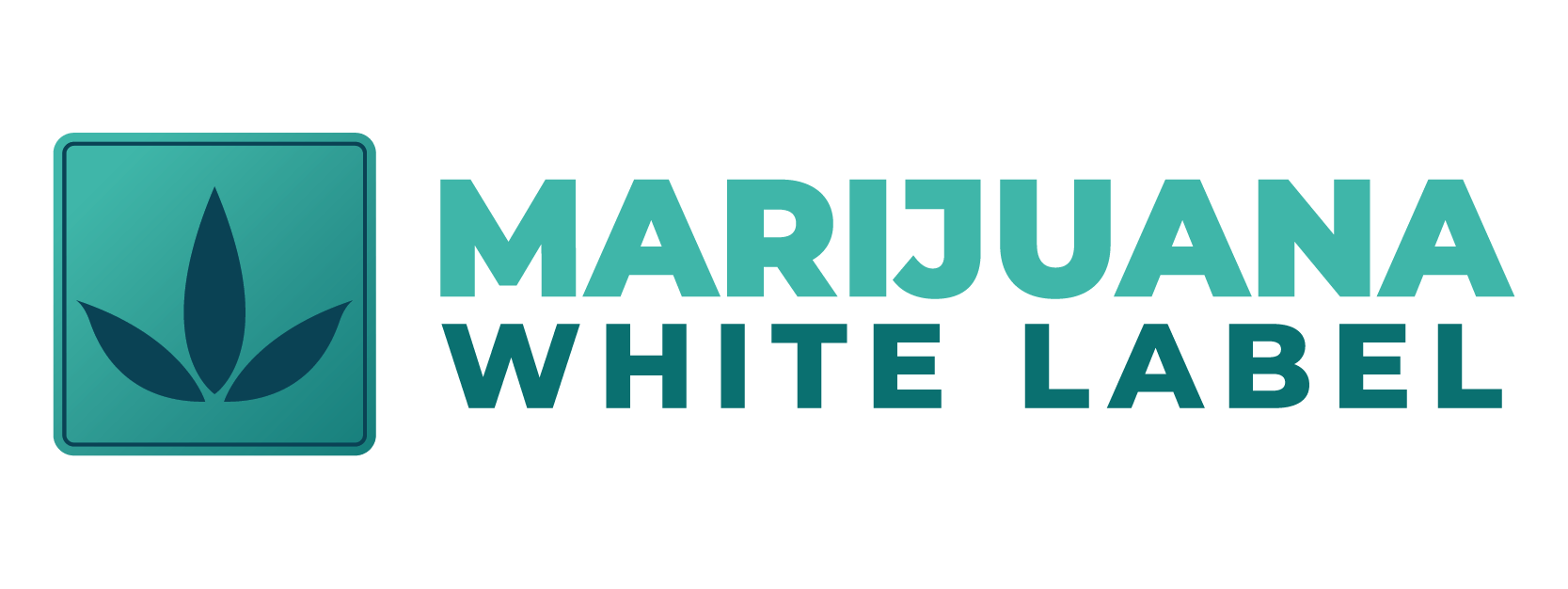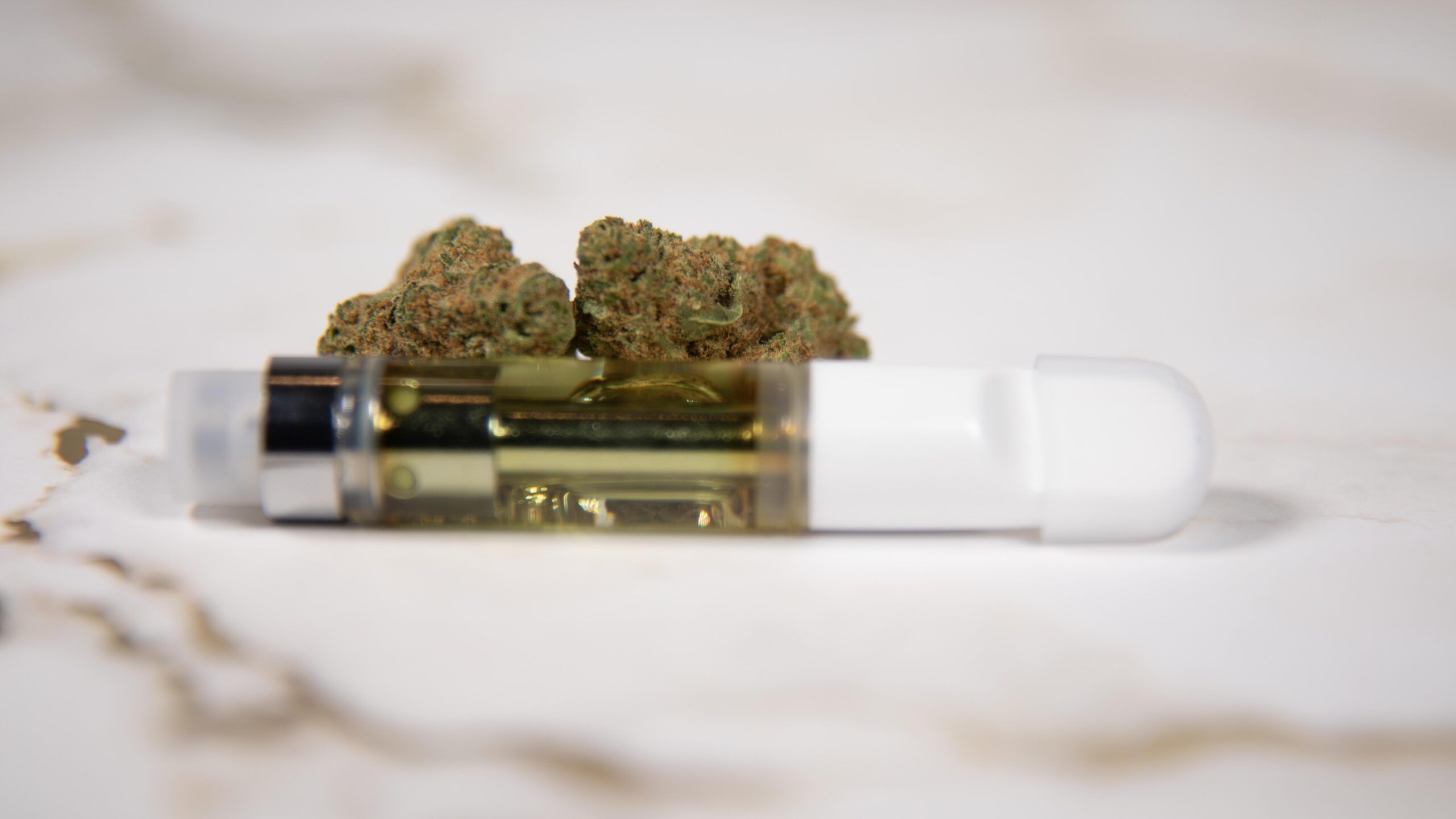In cannabis, packaging isn’t an afterthought—it’s strategy. For white-label brands that often share manufacturers, formulations, and even price tiers, the package is the most visible layer of differentiation, a compliance safeguard, and a profit lever. Done right, it speeds retail velocity, earns consumer trust, and scales across markets. Done poorly, it invites regulatory risk and erodes margins.
Compliance First, Brand Second (but both matter)
Every SKU must clear a wall of rules before a budtender ever scans it. In California, for example, cannabis goods must be child-resistant and tamper-evident; multi-serving packages must be resealable, edibles must be opaque, and every label must carry the state’s universal symbol. Colorado requires similarly strict packaging and labeling protocols, including its own universal THC symbol and prominent safety messaging. These baselines define the “non-negotiables” for any white-label program and shape almost every creative decision—from closures to substrates to where claims can appear.
Conforming to child-resistant standards typically aligns with broader CPG norms guided by ASTM classifications for CR packages. White-label teams that understand the differences among certified mechanisms (push-and-turn, squeeze-and-slide, blister, and more) can “design in” compliance early instead of retrofitting later—avoiding costly reprints and delays.
Packaging is the Brand’s First Proof of Quality
Because many white-label products are indistinguishable at the formulation level, consumers tend to read package cues—finish, structure, clarity of testing data—as proxies for product quality. Cross-category research from BDSA indicates higher-income cannabis shoppers are more likely to be influenced by premium packaging and visible lab information than lower-income counterparts, mirroring premiumization patterns in mainstream CPG. For value-tier white-label brands, this doesn’t mean gold foil; it means precise typography, legible potency and terpene panels, and packaging that survives pockets and purses without peeling or splitting.
The payoff shows up at retail. Operators using granular market data (e.g., Headset category and velocity dashboards) can correlate packaging refreshes with sell-through and attach rate, then double down on SKUs whose new form factors outperform shelf neighbors. Data-led packaging iteration is a core advantage for white-label programs that can test quickly across multiple retail partners.
Label Accuracy and Transparency Build Trust
Trust in cannabis still hinges on clarity: batch IDs, test dates, cannabinoid totals, serving sizes, and allergens. Multiple state summaries emphasize batch traceability and the display of THC/CBD values and warnings—requirements that also happen to be consumer confidence drivers. For white-label teams, standardized label “information architecture” (placement, font hierarchy, contrast) reduces errors while making the back panel a selling tool rather than fine print.
Traceability tech helps. QR or barcodes that resolve to COAs, terpene breakdowns, and freshness info turn packaging into a digital bridge, helping budtenders answer questions at the counter and giving consumers post-purchase reassurance. As regulatory guides note, machine-readable identifiers support compliance and supply-chain visibility, and are increasingly common across cannabis SKUs.
Cost, Sustainability, and Speed—Choose Two (or get clever)
Regulated packaging is inherently more complex than standard CPG. Industry analyses suggest compliance can add steps, materials, and components—raising costs and complicating end-of-life disposal. White-label brands absorb these realities, so system design matters: specify fewer parts, use mono-materials where possible, and lock in suppliers who can certify child-resistance and food-contact safety at the material level.
Sustainability is no longer a niche request from coastal retailers; it’s a procurement filter and a brand value. Jurisdictions such as Canada enforce plain packaging with strict brand limitations—a reminder that sustainability and compliant minimalism can align, especially when paired with recycled substrates and low-ink designs. White-label operators that engineer recyclable or post-consumer resin (PCR) solutions without compromising CR closures earn bonus points with retailers and eco-conscious consumers.
Design For Use, Not Just for Shelf
Child-resistant isn’t synonymous with user-hostile. Poor ergonomics—overly stiff caps, maze-like tear paths—create negative product perceptions that spill over into online reviews. Contemporary guidance calls for harmonizing safety, compliance, and user experience so adult customers can open and reclose packages easily while still meeting CR thresholds. For multi-serving edibles and pre-rolls, resealability and odor control are retention features, not luxuries.
At shelf, structure and silhouette do more than artwork. Taller, slimmer vape cartons can command vertical real estate in glass cases; gusseted mylar with a matte finish prevents glare; rigid jars with clean shoulders photograph better for menus. Across menu tiles and social posts, photogenic packaging translates to higher click-through and better “first impression” moments—vital for white-label lines competing beside name brands.
Scaling Across States Without Rebuilding Everything
White-label programs often deploy the same core product into multiple markets under one identity or a family of retail-exclusive identities. The operational trick is modularity: keep a compliant “base” package (CR mechanism, primary container, and immutable warnings) and localize via over-labels, sleeves, or variable data printing to satisfy state-specific rules (symbols, THC limits, recyclable claims). This approach compresses MOQs, stabilizes COGS, and shortens lead times when regulations evolve—like updated universal symbols or potency display formats.
What High-Performing White-Label Teams Do
- Map the rulebook to the dieline. Regulatory clauses (universal symbols, minimum font sizes, principal display panels) should be annotated directly on dielines to prevent late-stage reflows. Starting with state checklists such as California DCC’s packaging pages and Colorado’s administrative rules reduces the “ping-pong” between legal and design.
- Standardize information hierarchy. A templated back panel for all SKUs (with fixed zones for batch/COA links, net weight, serving guidance) improves accuracy and speeds artwork approvals. It also makes front-of-pack real estate more strategic: one clear claim (e.g., “single-strain rosin,” “fast-acting nano gummies”) beats a wall of micro-text.
- Instrument the package. Use QR to COA, freshness windows, or serialized barcodes tied to your seed-to-sale. This supports audits, resets counterfeit risk, and gives customers self-serve transparency.
- Design for photography and planograms. Since the vast majority of discovery now happens on digital menus, packaging should be legible at thumbnail size and glare-resistant in display cases. Headset-style retail analytics can help A/B test structures and finishes and then roll winners system-wide.
- Engineer sustainability within compliance. Shift toward mono-material pouches or PCR rigid containers where CR certification exists; publish the material story in product education to turn cost into value. Canadian plain-packaging experience shows minimalism can still communicate quality when typography and materials are intentional.
- Close the loop with consumer insight. Pair sell-through data with qualitative feedback from budtenders and reviews. BDSA’s consumer work underscores how premium cues and lab transparency influence purchase for key segments; refine your packaging playbook around those signals.
Bottom Line
For white-label brands, packaging is the connective tissue between compliance, brand identity, and velocity. It reassures regulators, equips budtenders, and convinces consumers—often in under two seconds behind glass. Teams that treat packaging as a product (with its own roadmap, metrics, and experiments) turn a constraint into competitive advantage, market by market.

